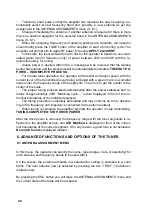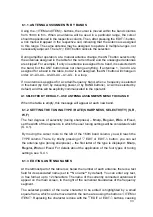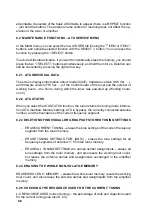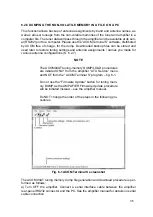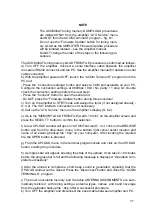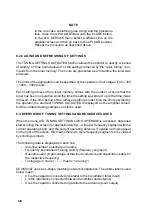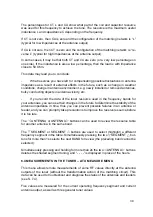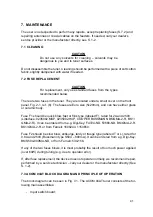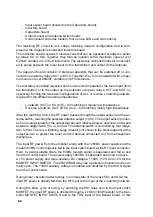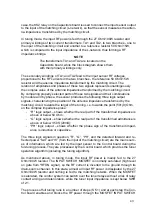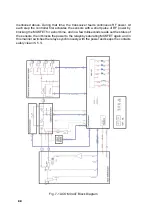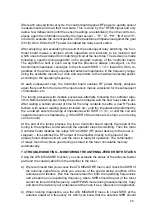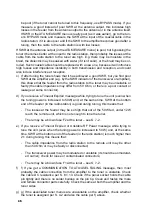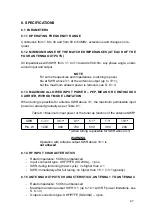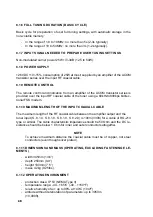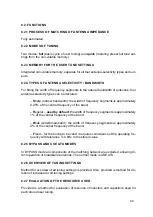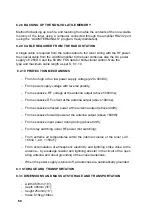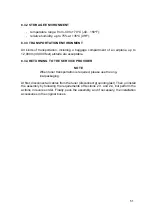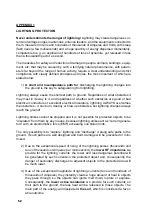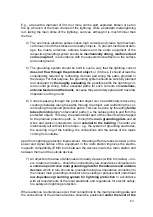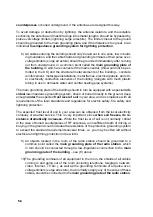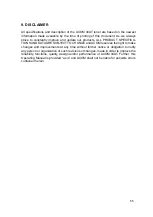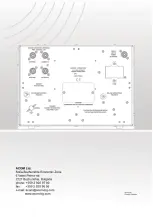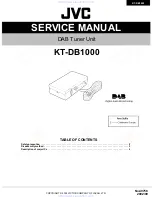
46
46
be poor (if the tuner cannot be tuned to this frequency, use BYPASS mode). If you
measure a good instead of poor SWR at the antenna output, this indicates high
losses in the feeder from the antenna output to the antenna or in the antenna itself.
If SWR in the ATU MEASURE menu is really poor (as it was earlier), go to the tun-
er’s BYPASS mode and measure the SWR at the input of the coaxial cable in the
radio station: if it is also poor and if the SWR to the amplifier becomes good after a
tuning, then the cable to the radio station is with low losses.
If SWR at the antenna output (in the ATU MEASURE menu) is poor, but bypassing the
tuner it becomes better at the input to the radio station, then probably the losses at the
cable from the radio station to the tuner are high. E.g. there may be moisture in the
braid, the dielectric may be soaked with water (if it isn’t solid), or the braid may be cor
-
roded. Such coaxial cable should be replaced with a new one, because it will introduce
high losses and impedance instability in both transmission and reception, and could
also induce interference at reception.
c)
If after tuning the tuner shows that it has achieved a good SWR, but you find poor
SWR at the amplifier end (e.g. by the SWR indicator of the transceiver or amplifier),
this shows that the feeder from the radio station to the tuner may be unsuitable or
faulty (the cable impedance may differ from 50 Ohm, or there is a poor contact or
leakage at some connector).
d)
If you receive a Timeout Expired message while trying to tune the unit (even when
the tuning power is increased to 50W) and, at the same time, SWR at the bottom
end of the feeder (in the radio station) is good during tuning, this means that:
-
The losses at the feeder may be so high that out of the 50W fed, under 12W
reach the remote unit, which is not enough to tune the tuner.
-
There may be a blown fuse F2 at the tuner – see S. 7-2.
e)
If you receive a Timeout Expired or Unstable RF Power message while trying to
tune the unit (even when the tuning power is increased to 50 W) and, at the same
time, SWR at the bottom end of the feeder (in the radio station) is much higher than
2:1 during tuning, this means that:
-
The cable impedance from the radio station to the remote unit may be other
than 50 Ohm or may be faulty or disconnected;
-
The transceiver power may be modulated or unstable (it should be unmodulat
-
ed carrier); check for loose or contaminated connectors;
-
There may be a blown fuse F1 at the tuner – see S. 7-2.
f) f) If you get a COMMUNICATION TO ATU/ASEL FAILING message, then most
probably the cable connection from the amplifier to the tuner is unstable. Check
the cable DC resistance per S. 8.1.10. Check if the panel socket holds the cable
pin tightly and there is no solder buildup on the pin tip. Clean and fasten the male
and female connector parts carefully. Check the same at both the amplifier and the
tuner sides.
g)
g) If the associated tuner menus are unavailable on the amplifier, check whether
the tuner is assigned per S. 4.2 and also the cable per f) above.
Summary of Contents for ACOM 04AT
Page 1: ...1 ...
Page 57: ...2 2 ...

